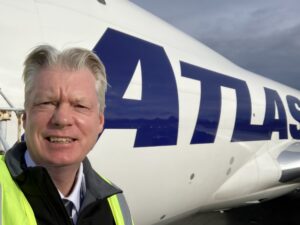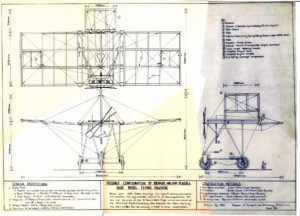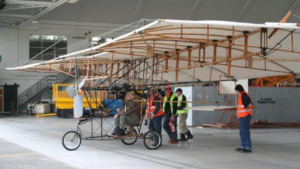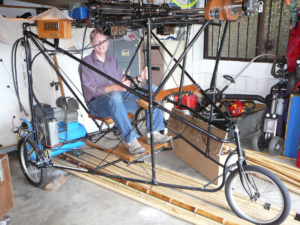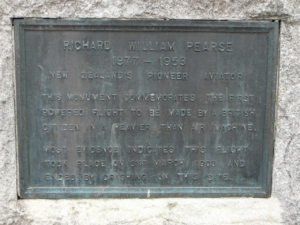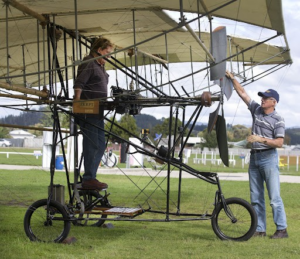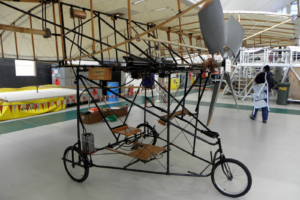I was born into a long line of doctors and was supposed to follow suit but all that changed when I was just eight years old. My mother and I were on holiday, and the flight attendant invited me to the cockpit. The moment I stepped inside and saw the switches, the sky, the pilots… I was hooked. From that day forward, it became my dream to fly. I joined Atlas 2½ years ago and prior to that worked for Virgin Australia for 20 years.
As far as I knew, I was the only professional pilot in my family…until I heard from some distant relatives in New Zealand. I didn’t even know I had family there, let alone what they were about to tell me.
They informed me that Richard Pearse, my great-great uncle was a pilot. Not only was there another pilot in the family, but we both shared the same first name! Richard was an aviation pioneer, and his family believed he may have taken his first flight before the Wright brothers.

Richard Pearse
The more I learned, the more fascinated I became. Born in the late 1800s in a small rural town called Temuka about 140 kilometers south of Christchurch, New Zealand, Richard was a farmer who hated farming. But in his shed, away from curious eyes, he became an inventor. He built motorbikes, generators and—most remarkably—airplanes.
In 1901, he constructed his first plane and by 1902, he was airborne—though not quite clearing the 8-foot hedge surrounding his property. Then, on May 31, 1903 – months before the Wright brothers – sources say he made his first controlled flight. He cleared the hedge, flew 1,000 yards, made a turn, and followed the course of a nearby river. His homemade 7.4-liter, two-stroke engine began to overheat, so he landed in the soft sandbanks. The plane crashed on landing, but the achievement was staggering for the time. He salvaged what he could with a horse and carriage and towed it all back to his shed.
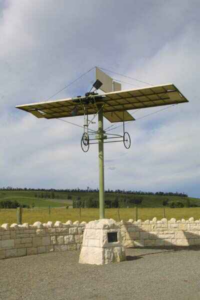
A memorial where the first flight took place in 1903.
Richard however, kept all of this to himself, and no one had any record of his flight. It wasn’t until after his death in 1953 that locals discovered and reported their findings within his shed and investigations then commenced into what he had achieved there. Since then, investigators spoke to over 56 locals within the region who recalled and gave affidavits about their stories of “that strange flying machine” buzzing over the farmland, terrifying livestock and people alike.
He didn’t stop with one plane. He built two more—one an early form of a helicopter, another a dual-engine model. While he never achieved full flight with the latter designs, parts of them still exist today.
One of his original planes sits in New Zealand’s National Motor Museum, and the curator even allowed me to page through Richard’s original letters, schematics and journals.
In 2004, a retired 747 engineer, Ivan Mudrovcich, from Air New Zealand painstakingly built a replica of one of Richard’s designs using bamboo and bicycle tubing. The plane was tested on a runway, showing tremendous lift. But a sudden gust of wind cracked the wing spar before a proper flight could be attempted. It’s currently under lock and key in a hangar in Auckland, waiting for the right opportunity, the right team, and the right funding to fly again.

